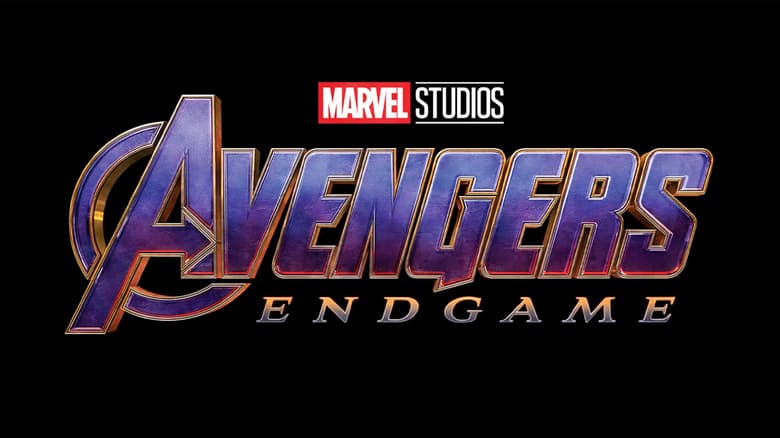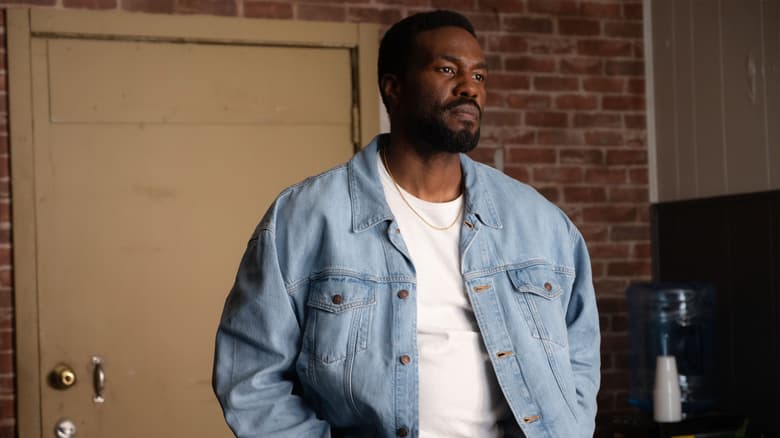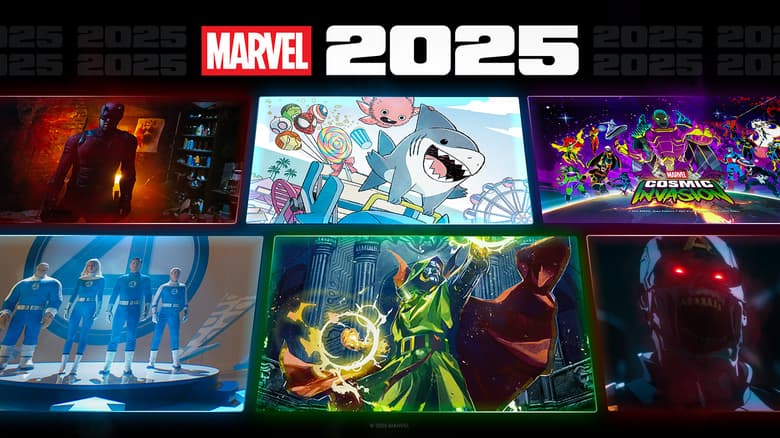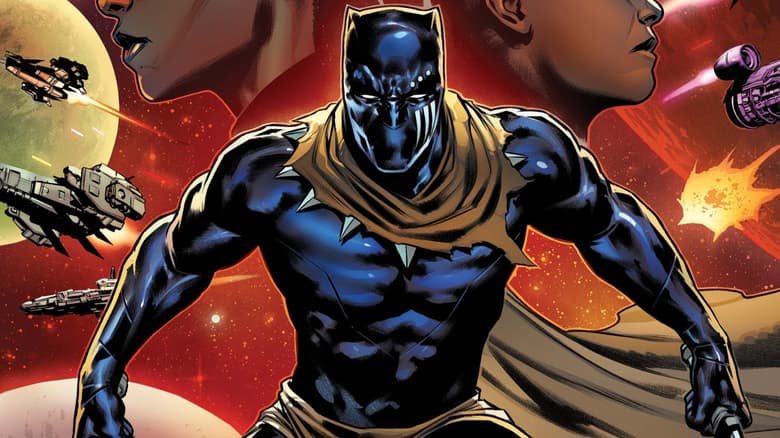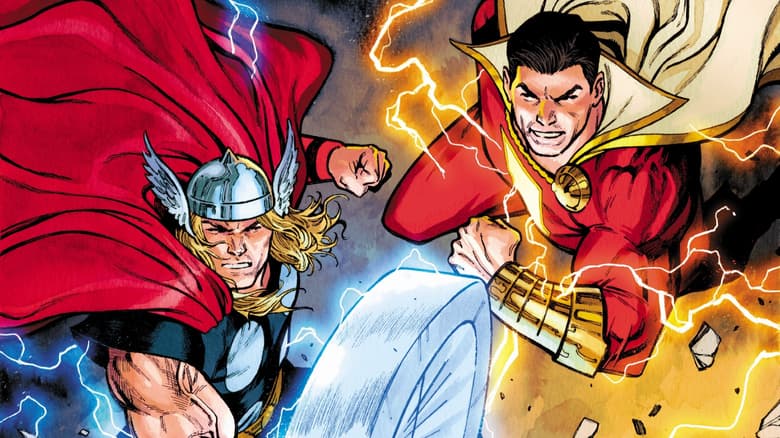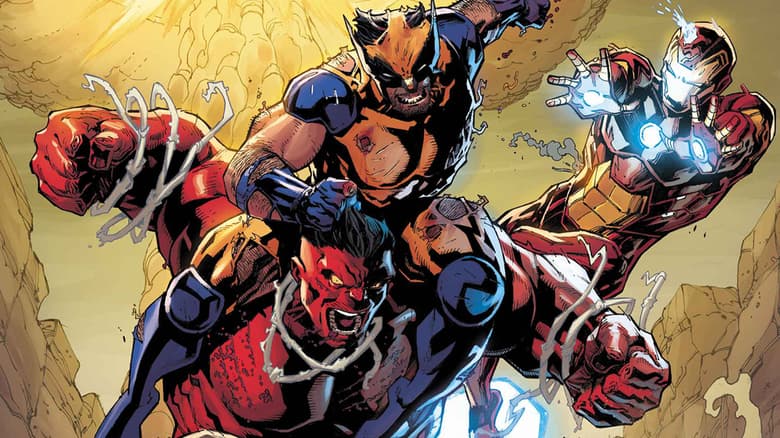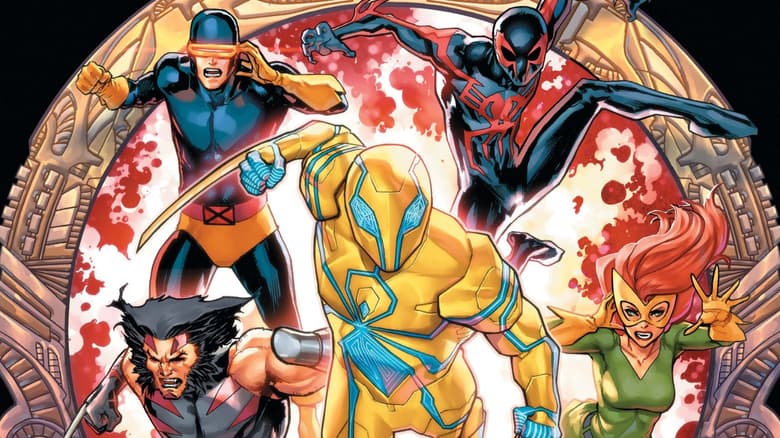Avengers Point One: Working Retro
Writer Mark Waid on creating new Avengers history ahead of the final issue!
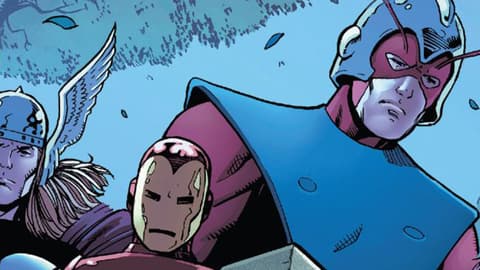
In 1965, three criminals joined Captain America to redefine and rebuild the Avengers. Cap, Quicksilver, Scarlet Witch, and Hawkeye became known as The Kookie Kwartet in one of the most momentous storylines in Avengers history, “The Old Order Changeth”—but, 52 years later, turns out their story wasn’t over.
AVENGERS POINT ONE writer Mark Waid and artist Barry Kitson have woven a new history into the fabric of the Marvel Universe. And the epic story, set across time and space from 1965 to 2017 and beyond, will conclude on March 29 with AVENGERS #5.1!
We sat down with Mark to discuss the art of telling an untold tale across Avengers eras, characters, and creators.
Marvel.com: What excited you most about enhancing a story that’s existed for so long? What new emphases did you want to bring to these characters?
Mark Waid: The appeal to me here was diving into a period of the Avengers that was really fraught with emotion and really fraught with soap opera, in a way they maybe haven’t been before or since quite that much. The idea that Captain America, who has been out of the ice—at this point in Marvel history—for about eight minutes, is handed the keys to the Avengers Mansion. Adding in three new criminals, who were not his choice to join the group. I was really intrigued by the ability to go back and deepen some of these relationships and do a little bit more, in a contemporary comics way, with how they felt about each other.
Marvel.com: Cap’s alignment with these three criminals—Hawkeye, Quicksilver, and Scarlet Witch—is one of the most fascinating components of this story. What’s your favorite aspect of writing that dynamic? How did you see it as specifically relevant today?
Mark Waid: My favorite element is Quicksilver and Scarlet Witch having to really acclimate to American culture. They’d never seen a television before. They weren’t stupid, but they were impoverished kids who came from an area in Europe where there was no industrialized background. So being able to play with that and being able to play with how they feel about suddenly being adored by people—going from being criminals to being, not only accepted, but considered heroes. That was the most fun of it for me.
Marvel.com: Is there a difference between the way you write the 1965 iterations of these characters and the way you write the 2017 versions? Do you approach them differently?
Mark Waid: The characters, no, I don’t approach them differently than I would today. That’s kind of what makes it fun. Taking my modern bag of tools and doing the kind of emotional beats that Stan Lee couldn’t do back in the day because it just wasn’t done. And doing that in the context of a much simpler Marvel Universe is what makes the whole thing appealing.
Marvel.com: What are the in-universe challenges of telling a new story that’s set in the midst of an old one?
Mark Waid: The specific challenge, and it’s one that I actually enjoy—working with editor Tom Brevoort trying to deal with this—is making sure that it fits. Constantly making sure that we get it right, making sure that we don’t screw up anything, or make it impossible to consider this something that actually happens between issues #16 and #17 of the 1965 series. And it’s not easy; sometimes I would plot something and have it ready for scripting and then I would realize, or Tom would realize, that the Avengers hadn’t done that by that point, or these characters hadn’t met yet, or this guy’s wearing a different suit, or whatever. But that wasn’t a hindrance to us, that was actually the fun of playing in that sandbox.
Marvel.com: Are there specific or unique creative obstacles that come with this kind of project?
Mark Waid: Not really, because here’s the thing: I have grown incredibly tired of pastiche. I don’t enjoy the attempt to emulate something so perfect [like Stan Lee’s voice] so concretely that it’s indistinguishable from what you’re trying to copy. We already had enough elements that are reflective of 1965—the style of lettering, the way the display lettering is done. So, to me, if I wanted to write this as if it was published in 1965, if I wanted to write it in Stan Lee’s voice, then I could have done that, but then it would’ve felt cheap. We wanted to have our own story, using more contemporary storytelling tools.
Marvel.com: You’ve worked with Barry Kitson for years now, so considering the source material, was your process for the Point One series any different relative to your past work together?
Mark Waid: No, actually it was very similar. The first issue had actually been written full script before we even had an artist, so I’m not used to working that way with Barry. But for the next four issues, once we had Barry on board, then its about letting Barry run with the action and the pacing. And then I would do the dialogue based on my original notes and whatever notes Barry gave in the margins. So it was very much the same way we’ve worked for years and years. We know each others’ rhythms by now and how to work together and how to trust each other.
Witness the grand finale with AVENGERS #5.1, by Mark Waid and artist Barry Kitson, on March 29!
The Daily Bugle
Can’t-miss news and updates from across the Marvel Universe!

